There are many materials that can be used to design and update the interior. Gypsum tile for brick is one of the best options, because it has excellent thermal insulation properties, resistance to temperature and humidity, and most importantly, it is completely environmentally friendly. The article will discuss how best to lay this material and what you should pay special attention to during installation.

Advantages and disadvantages brick plaster tiles for interior decoration
The use of gypsum brick tiles as a finishing material has a lot of positive properties, each of which is worthy of attention:
- low weight Due to the fact that the gypsum tile is many times lighter than many other materials, the installation procedure is simplified and there is no need to produce the foundation, which is a mandatory procedure in many other cases. It can also be noted that the load exerted on the structure as a whole is reduced;
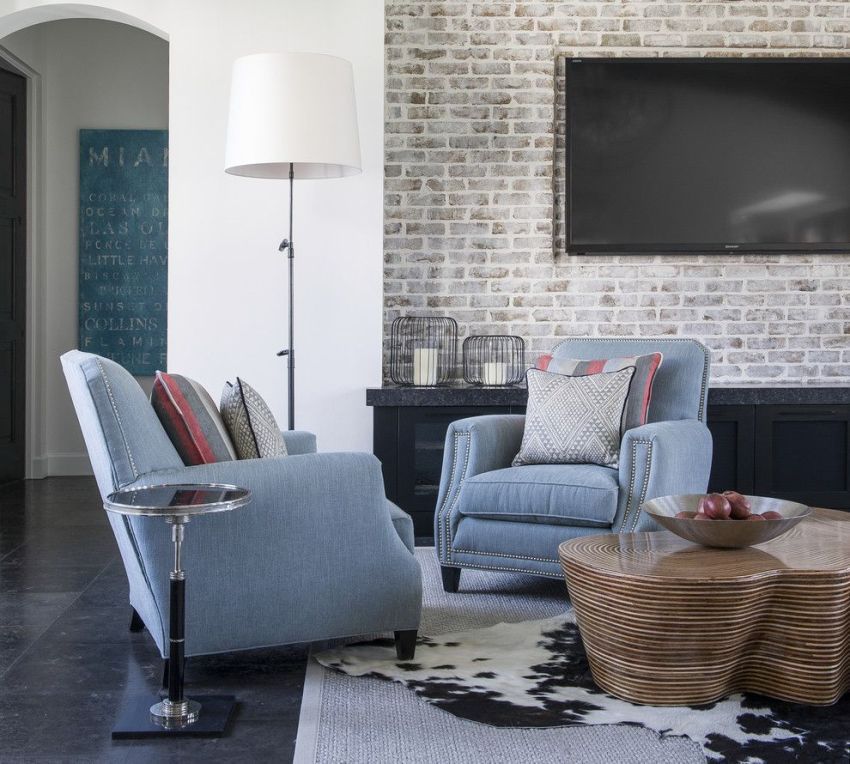
- it will not be difficult even for a beginner to assemble it independently. There is also no need to purchase any special tool. Moreover, having read the recommendations on how to make a decorative stone with your own hands, it is quite possible to refuse to purchase the finished material in favor of self-made;
- environmental friendliness. Considering that all the components and materials that make up the tile are natural, this material does not pose a threat to human health;
- a wide range with a choice of a variety of colors, textures and imitations of other materials;
- it is possible to buy a plaster tile for quite reasonable price.
Due to these positive aspects, many homeowners and designers believe that buying tile tiles for interior decoration is the best solution of all that are offered on the modern market. Thus, it is possible to diversify the interior, while spending not too much money and effort on the alteration.

Although it is worth paying attention to some shortcomings, which, although not essential, should still be considered in advance:
- the material is not resistant to moisture, actively absorbing it upon contact. As a result, products are highly susceptible to deformation. To avoid this, under the condition of operation in rooms with high humidity, a layer of special protective composition is applied to the surface;
- Gypsum tile – a fragile material that is unstable to mechanical stress and requires careful handling;
- to care for such tiles can be difficult, especially if its surface is embossed and able to accumulate dust.
In order to minimize such negative phenomena that may be characteristic of this material directly, it is important to follow all the recommendations during installation. And also you should not use this material for facing surfaces that are highly susceptible to contamination.
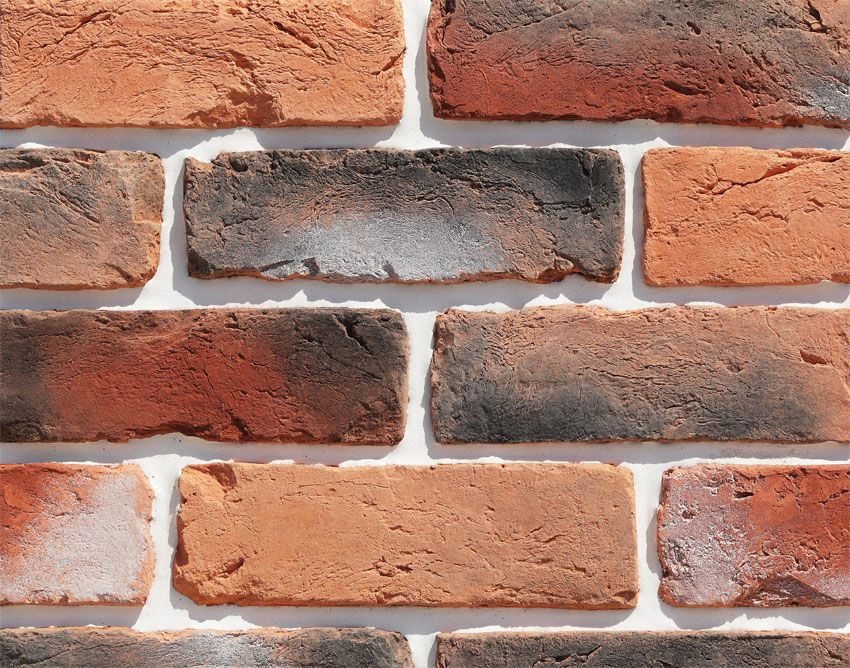
Laying plaster tiles under the brick can be made in one of many ways. The most popular is full or partial wall covering. In the second case, the material is combined with other finishing materials, such as wallpaper, decorative plaster, tile.
An excellent solution – the use of decorative tiles under the stone for the design of doorways or arches. Sometimes decorative brick tiles are used to decorate mirrors or niches. Such a solution allows not only to make the appearance more attractive, but also to protect some surfaces from contamination and wear.
Helpful advice! Tile brick – perfectly suitable material for the design of the fireplace. It is not only resistant to elevated temperatures, but also fireproof.

In order to fix the elements on the surface, you can use one of two technologies: dry, involving the use of fasteners (bolts and slats) or wet, which uses special glue for gypsum tiles.
Laying decorative plaster tiles for interior decoration requires preliminary work aimed at preparing the surface with which to work. The procedure should be carried out in stages with the obligatory observance of the order of the stages and all recommendations, which are provided:
- The first thing to do is level the surface. To eliminate defects, you can use putty, which allows you to effectively eliminate even the smallest cracks;
- then the surface is cleaned of dust and dirt with water and left to dry completely;
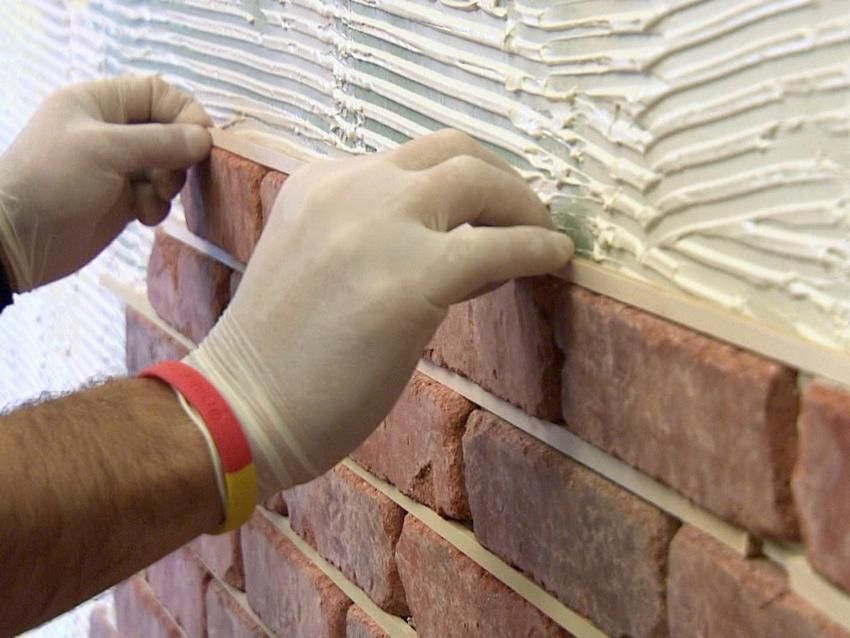
- After that, you can proceed to work with the tile, first of all, paying attention to the issue of its sorting and the removal of defective products, the shape of which does not meet the requirements.
Important! In the course of work, it is recommended to abandon the use of elements having any defect: chips, cracks, etc. Otherwise, this may adversely affect not only the appearance of the piling, but also its durability.
If only solid plaster tiles are not enough to decorate the surface, you can finish cutting the missing elements yourself. To do this, you can use a hacksaw for metal.
Among other tools that may be needed in the process of laying decorative tiles – a drill, necessary in order to make the holes necessary for laying communications. As well as sandpaper, in the event that you decide to resort to the wet method of laying. It is used to increase the level of adhesion of the back side of the tile.
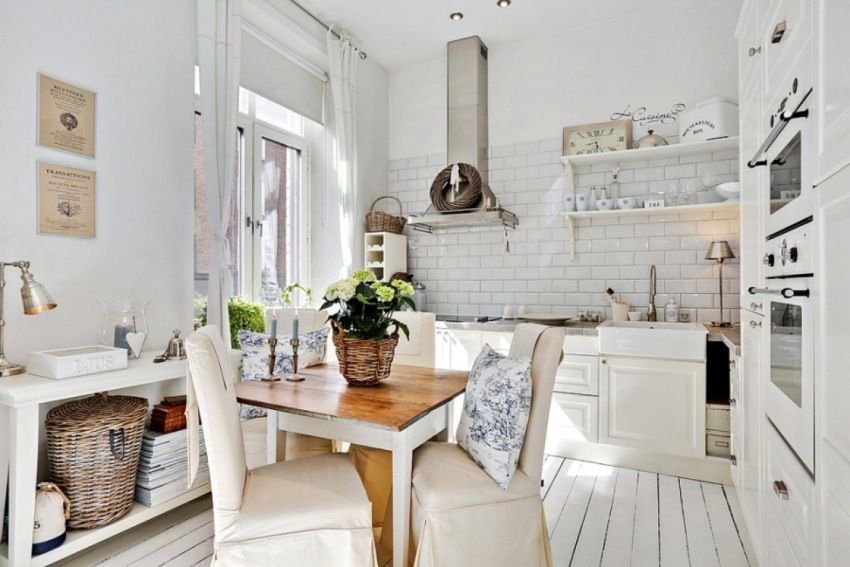
Decorative brick tiles for interior decoration can be easily laid on any base, including concrete, metal, brick, wood, etc. The main rules that need to be followed are non-susceptibility of the base to deformations and shrinkage, as well as carrying out preliminary work to level the base.
When working with a concrete surface, special attention should be paid to the issue of porosity. As a solution to the problem, use a special primer, which will slightly reduce the absorption characteristics. At the same time, for newly laid brick walls such treatment is not required. As for the glue, which can be used for this purpose, the one that is designed for laying tiles is quite suitable.
If you have to work with a rather old brickwork, then it is necessary to pre-clean the efflorescence, applying a primer to the surface. After that, the wall is plastered.

Often one has to work with less fundamental bases, for example, plasterboard or plywood partitions. In this case, before you buy a gypsum tile for bricks, you need to make sure that the structure is strong and that it will withstand the load exerted on it. Also pay attention to the surface moisture level.
The base of the wall should be as dry as possible, and all elements firmly and securely fastened. In this case, a primer can be applied to the surface. When working with a wooden base, fiberglass is glued on top of it, which is subsequently plastered.
Important! Before you start laying gypsum tiles on the surface of a wall made of plywood or plasterboard, you must make sure that it is not prone to deformation.
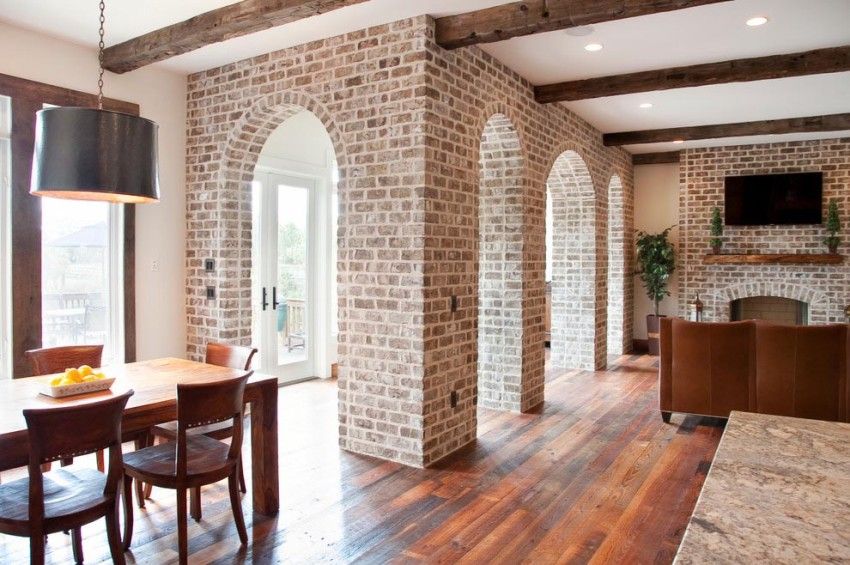
In order for the coating laid out of the gypsum tile by the dry method to be reliable and attractive, it is necessary to take care to observe the rules of technology in advance. The first step is to take care of the presence of special projections and grooves on the sides of each element. The installation procedure is as follows:
- The distance is measured from one of the corners of the room, equal to the width of the selected tile. This place is fixed wooden lath of the appropriate size.
- In the opening, which was formed as a result of fixing the vertical rail, tile fits. This procedure should be carried out from top to bottom.
- In order to secure the elements using screws and bolts.
- After that, a distance equal to the width of the tile is measured again from the first rail, after which the procedure is repeated until the entire surface is properly shaped.

In order to smoothly and beautifully lay the gypsum tile using the wet method, it is necessary to use a slightly different approach. First of all, marking of rows will be required. If you plan to lay different elements (for example, there will be a drawing on the wall), you should make a layout on the floor in advance.
Preparation of the adhesive solution also requires special attention, because in one approach it is worth kneading as much as you can develop in a short period of time. Otherwise, it may deteriorate.
- Gypsum must be poured into a container and add water to make a creamy consistency solution;
- the forms into which the plaster mortar will be poured for solidification must be pre-lubricated with grease or oil so that the elements can be easily removed later;
- pouring the composition into the form, gently shake it so that the solution is evenly distributed.
Important! If you notice the presence of water, which is separated from the gypsum after the solution has been mixed, then it should be poured out and prepared new again, following all the instructions prescribed by the manufacturer.

Gypsum tile is an excellent facing material that is able to significantly transform the interior of a room. It can be used to decorate the original niches, ledges, staircases, as well as zoned space. The main thing is to choose the right place for its location in order to avoid contact with moisture and increased mechanical loads. In this case, decorative brick tile for many years will decorate your interior.

